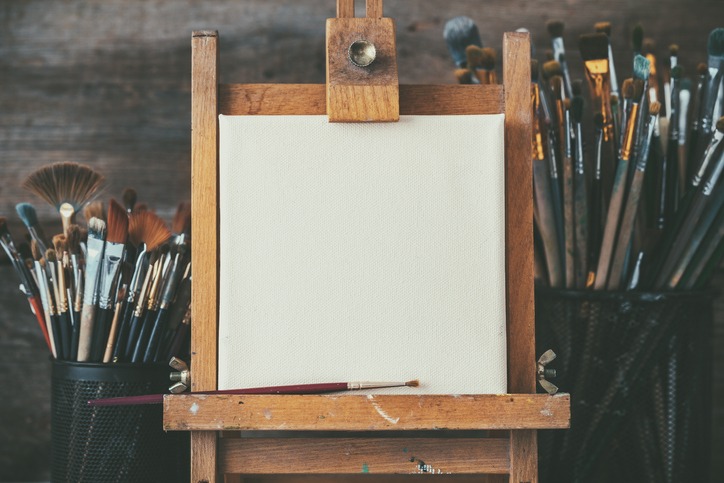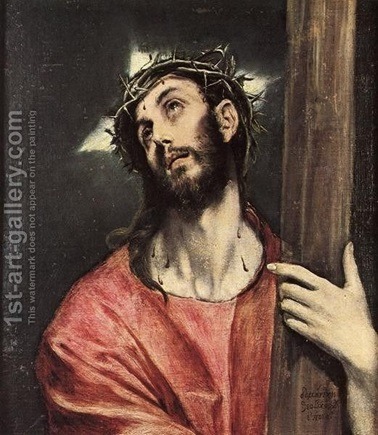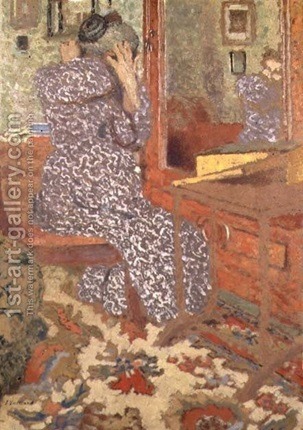Art is a binding agent that brings the world together. It is simple and complex at the same time. It reveals yet hides the intent. It makes people delve into the past raise questions.
Oil paintings are used with different surfaces and are also known as supports. They are so-called as they assist the medium used. Some of the examples of surfaces are metal, paper, wood, canvas, among many others. It requires artistry to know the various oil surfaces and their effect on the characters and surroundings.
Here are some examples of surface types that can be a good reference point to understand the material used & the right oil medium that goes with it. It helps one choose the right paintwork for their homes and sets the right mood and message for the ambiance.
What is a Canvas?
Created for sails in Venice, its availability in volume led to lower costs to the artists. Artists wanted larger paintings that were heavier, and canvas provided more space and was lightweight to move around. Since the numbers run in reverse for weight, a number 10 canvas is lighter than the number 4.
Traditionally, the canvas is made of linen with cheaper cotton fabric. Modern artists have moved to a more economical alternative called the “cotton duck.” The advent of acrylic paint (a painting medium used on canvas) has led to the popularity of cotton duck canvas.
Canvas is usually stretched across a wooden frame called a stretcher and coated with gesso (a medium) before being used to prevent oil paint from coming into direct contact with the canvas fibers, which leads to canvas decay. Example: Christ Carrying the Cross.
Varieties of Canvases

Seasoned artists love to create their art on a medium that delivers the right kind of effects and textures so that their paintings look the best. Following are the different types of canvases for oil painting:
1. Stretched Canvas
It is one of the most used types of canvases for oil painting. As the name suggests, this canvas is mounted by stretching it over the wooden frame and stapling it before painting. The process of stretching and mounting this canvas results in an increased fabric elasticity, which allows the artists to create big strokes with their brushes.
This type of canvas is suitable for paintings intended for display in galleries or large and open spaces.
2. Canvas Panel
It is the most affordable oil painting surface among all and is very famous among amateur artists for this reason. Unlike the stretched canvas, the canvas panel is prepared by sticking to the cardboard or a large compressed paper with glue.
This variety of canvas has a similar texture as the stretched canvas and suits the most for lighter brush strokes.
3. Canvas Pad
It is another oil painting surface that is very popular among beginners. It comes in a thick pad containing tearable canvas pages of fixed dimensions. The canvas pad is also handy for crafts and art creations.
However, this variety of canvas is not as sturdy and strong as the others, so it is mainly used for temporary paintings or practice. So, if you are planning to create a masterpiece that you want to last long, then opt for other varieties of canvases than this.
4. Canvas Roll
Canvas rolls are the most convenient for artists who prefer working on different dimensions and sizes every time. It allows the artists to have a continuous working surface according to their needs. If you are an artist aspiring to paint a series of continuous stories, this is the best choice.
Oil Painting Surfaces
1. Copper
The artists of the 16th century used copper-based surfaces as they were sturdier, were not eaten by insects, and they didn’t rot over time. They also used props like spray, brush, splatter, and roller knives to make their imagery come alive.
Raw copper is not used directly for painting purposes. First, the substrate (a chemical agent that works well with copper) is cut in the same size as the copper, glued, taped, and sealed behind. Then the copper is roughened and cleaned for dust. A heavyweight is kept on the copper to ensure glue does slip out. Garlic is applied to the front end of the plate. Finally, a pure oil medium is used to paint.
Priming is a process used on copper. Two coats of very thin lead-based oil primer are used on the surface. Layers are kept smooth and thin by rubbing on a small amount of the lead primer by using the palm. Example: Self Portrait by Rembrandt.
2. Wood Panel
As the name suggests, this is either one single piece of wood or panels put together. Wood panels were famous during the renaissance period, especially used for frescos (wall) and decorated manuscripts of the 16th century.
Carpenters cut the wood in solid panels, leaving out the outer sapwood. The wood type used is poplar, willow, or linden. The wood is coated with a mixture of animal-skin glues and resin and covered with linen (the mixture and linen combination is known as a “size”). The right size is very important to create great artwork. If you wish to adorn your space with one such chef-d’oeuvre, you can easily find a reproduced form on https://www.1st-art-gallery.com.
While hot wax paint is used as an oil medium on wood panels traditionally, modern artists use tempera which is an egg-yolk medium. It requires the art of applying small transparent brushstrokes. The paintings on the wood panel take days for the multiple layers to dry up. Famous woods used are peak wood, cedarwood, and Mahogany to create masterpieces like “The Ghent Altarpiece by Jan.”
3. Paper
For the curious newbie, it is impossible to think of using oil paints on paper! Does it even work? Why use paper when canvas and wood panels are perfect for the job? Well, paper-based oil paints have many benefits. The secret is in preparing the right paper material for creating a masterpiece.
A good quality heavyweight paper with a 140-300 lbs weight is good to start with. An acrylic gesso primer (medium to create hard dry surfaces for paints) is applied. Sawdust and sand are applied on the medium for more texture, and the edges of the paper are cut by a mat knife. After this process, once the paper dries up, it is ready to accept oil paints for creating beautiful artwork.
Watercolor paper comes in sheets, pads, and blocks. They can be hot or cold-pressed, though output doesn’t change. The print paper makes a good acid-free surface for oil painting when primed with acrylic gesso or matte gel medium. Arches Oil Paper is made for use with oil media and requires no preparation of any kind. Example: View on Hampstead by John.
4. Cardboard
Many significant painters have used cardboard to paint. Picasso, Miro, Vuillard, Toulouse-Lautrec, Degas are some of the examples. Cardboards need a protective barrier between the cardboard and paint. Too much water in the sealant causes the paper surface of the cardboard to wrinkle. A sealant with a creamy consistency helps to retain artwork.
Cardboards need preparation- two layers of sealing for paper; the first is size the second is an acrylic layer. Other mediums that work well with cardboard are matte (expensive but good) cheap acrylic paint. It should be kept into consideration that cardboards need regular maintenance to keep the essence of the artwork.
Ordinary corrugated carton cardboard is the most readily available cardboard for oil paints. One can use the packaging cardboard for practice. Ordinary cardboard is highly acidic and slowly deteriorates. Mat Board is an artist’s grade material (for example, white-colored mat board). One great example of a masterpiece is Madame Vuillard.
Conclusion
All paint surfaces need some sort of preparation before using oil paints. The knowledge of the right medium is a must to retain the essence and the material used. https://www.1st-art-gallery.com provides hundreds of oil-based paintings reproduced by artists only of international stature. The gallery’s collection includes different oil surfaces, and they even assist in choosing the right frame for their customers. A visit to their site is a must.




